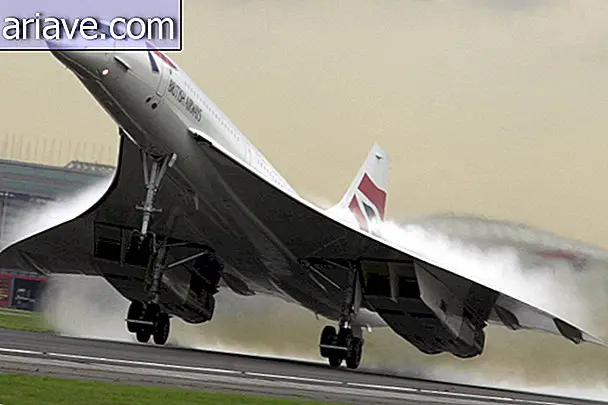The 6 Most Amazing Moons in the Solar System
“See that moon shining in the sky?” Obviously, the song refers to Earth's natural satellite, but did you know that our Solar System, besides our moon and those most famous of Jupiter, houses at least 100 more satellites? ?
According to NASA's definition, moons are bodies of any shape and size that orbit around planets and asteroids. Few of these natural satellites have an atmosphere and are not always solid, so they can also appear in the form of gas discs and space dust.
The planets of our Solar System are divided between the rocky ones (Earth, Mercury, Mars and Venus), the gaseous ones (Jupiter and Saturn) and those made up of ice (Uranus and Neptune). Only Mercury and Venus do not have their own moons, and the gas and ice planets have several of them in their orbits.
Considering our moon an old acquaintance, let's marvel at the other natural satellites in the Solar System!
1. Phobos (Mars)

The two moons of Mars were discovered in 1877. Here we see Phobos, the largest of them, about 26 kilometers in diameter, named after one of the sons of the Greek god Ares.
As reported by Kelly Dickerson in Business Insider, due to the enormous proximity between Phobos and Mars (only 9, 300 km separates them!), The moon has featured craters formed by the planet's gravitational field. This degradation can result in the complete destruction of Phobos in 30 or 50 million years.
2. Callisto (Jupiter)

One of Jupiter's 79 moons, Callisto is the third largest natural satellite in the Solar System and was discovered by Galileo Galilei. In the 1990s, it was concluded that your body is ice, but there must be salt water beneath its surface. It takes 17 earth days to complete its orbit around Jupiter.
3. Iapetus (Saturn)

One of Saturn's 61 moons, with a diameter of 1, 472 km, Iapetus is the third largest to orbit around this planet, establishing a distance of over 3 million kilometers. And it is precisely at this distance that scientists attribute the survival of this natural satellite, since the planet's physical conditions have already caused some of its moons to melt. Iapetus is supposed to be composed of ice and rocks.
4. Oberon (Uranus)

Discovered in 1787, Oberon is the second largest moon of Uranus, just over 1, 500 kilometers in diameter. It is made up of rocks and ice, and has a mountain about 6 km high on its surface. The moons of Uranus are named after the characters of the poet William Shakespeare - Oberon comes from "A Midsummer Night's Dream."
5. Triton (Neptune)

Triton, which was discovered in 1846, consists of metal, which lies under a frozen nitrogen surface. Being the largest of Neptune's 14 satellites, it measures 2.7 thousand kilometers and brings with it a singularity: it is the only one to orbit in the opposite direction to the rotation made by its planet.
6. Charon (Pluto)

Pluto may no longer be a conventional planet, but it owns five moons. Charon, the largest of these, was discovered 40 years ago and is half the size of the planet.
It takes 6.4 days from Earth to complete the orbit around Pluto, but there is an interesting phenomenon: Charon is always following the same point of Pluto in its rotation, so that both remain with the same face of their surfaces facing each other. front. Thus, there is no succession of days and nights.
***
Do you know the Mega Curioso newsletter? Weekly, we produce exclusive content for lovers of the biggest curiosities and bizarres of this big world! Register your email and do not miss this way to keep in touch!











